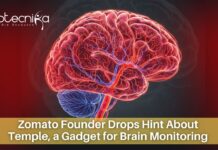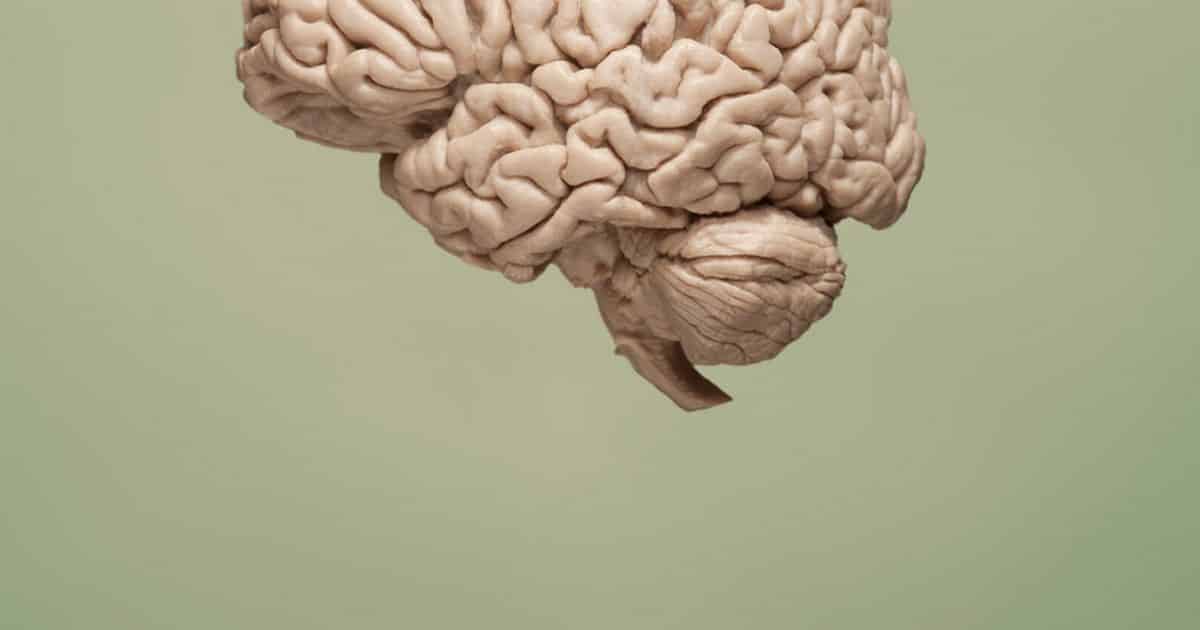The Brain Nod: A Signal of Understanding
An exclusive brain signal indicating comprehension.
People routinely hear and understand speech at rates of 120–200 words per minute. Thus, speech comprehension must involve rapid, online neural mechanisms that process words’ meanings in an approximately time-locked fashion. However, electrophysiological evidence for such time-locked processing has been lacking for continuous speech.
Now, in this direction, scientists have have identified a specific brain signal associated with the conversion of speech into understanding. The signal is present when the listener has understood what they have heard, but it is absent when they either did not understand, or weren’t paying attention.
Ussher Assistant Professor in Trinity’s School of Engineering, Ed Lalor, led the research team comprised of scientists from Trinity and the University of Rochester. Lalor noted in a press statement that, though there is more work to be done in this field, “we have already begun searching for other ways that our brains might compute meaning, and how those computations differ from those performed by computers.”
The researchers recorded brainwaves using a technique known as electroencephalography (EEG)— when a cap of electrodes is placed on the scalp— as participants listened to audiobooks. They identified a specific response that reflected how similar or different a given word was from those that preceded it in the story.
The signal disappeared when the subjects either could not understand the speech, for instance if the background was too noisy, or when they were not paying attention. The researchers said that this signal represented an extremely sensitive measure of whether or not a person is understanding speech.
“The presence or absence of the signal may also confirm if a person in a job that demands precision and speedy reactions – such as an air traffic controller, or soldier – has understood the instructions they have received, and it may perhaps even be useful for testing for the onset of dementia in older people based on their ability to follow a conversation,” said Ed Lalor.
Further work is required, he said, to get a complete picture of all the computations performed in the understanding of speech.
“We are also excited about the dementia testing possibilities because the system is not unpleasant or difficult to wear, and it has the potential to catch symptoms long before they manifest. The most interesting aspect from a healthcare point of view is that it can detect things in people who may be non-verbal, such as young children or those who are unconscious.”























